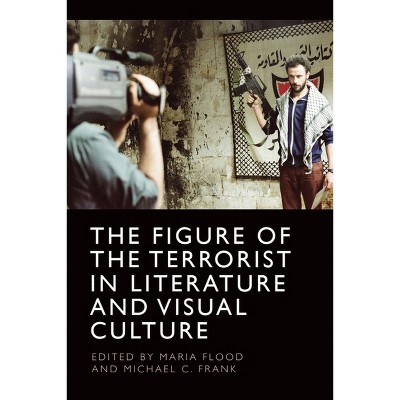The Visual Divide Between Islam and the West - by Hatem N Akil (Hardcover)

About this item
Highlights
- About the Author: Hatem N. Akil teaches English at Seminole State College of Florida, USA.
- 232 Pages
- Science, General
Description
About the Book
This book aims at addressing the question of how do Muslims view the way they are being viewed, not viewed, or incorrectly viewed by the West? The book inquires about a possible "will-to-visibility" that drives and divides the representation of Muslims in Western media from the desire of the Muslim/Arab to be "seen" and to register as a human life. Hatem N. Akil attributes this failure to a "delirious crisis of the Real" resulting in a state of desperation that inextricably and symmetrically ties visibility to violence. [This book] critically engages with questions about "ways of seeing" within cross-cultural contexts: why and how is an image seen in two opposing ways by people from different cultural backgrounds; and why and how do certain cartoons, photographs, and videos become both the cause and target of bloody political violence -- as witnessed by the deadly attacks against Charlie Hebdo in France and in the swift military response by the US and Jordan to videotaped violence by ISIS. -- Back cover.From the Back Cover
This book considers the ways in which Muslims view the way they are being viewed, not viewed, or incorrectly viewed, by the West. The book underscores a certain "will-to-visibility" whereby Muslims/ Arabs wish just to be "seen" and to be marked as fellow human beings. The author relates the failure to achieve this visibility to a state of desperation that inextricably and symmetrically ties visibility to violence. When Syrian and Palestinian refugees recently started refusing to be photographed, they clearly ushered the eventual but inevitable collapse of the image and its final futility. The photograph has been completely emptied of its last remaining possibility of signification.
The book attempts to engage with questions about the ways in which images are perceived within cross cultural contexts. Why and how do people from different cultural backgrounds view the same image in opposing ways; why do cartoon, photographs, and videos become both the cause and target of bloody political violence - as witnessed recently by the deadly attacks against Charlie Hebdo in France and in the swift military response by the US, Jordan, France, and others to videotaped violence by ISIS.
About the Author
Hatem N. Akil teaches English at Seminole State College of Florida, USA. His work has been published in Theatre Life Journal and Cinema Life Journal. He was the founder of the Arab American IPTV, Mahjar TV, and Baraka World Music Series. Akil currently serves on the executive committee of the Global Arab/Arab American division of the Modern Language Association.











